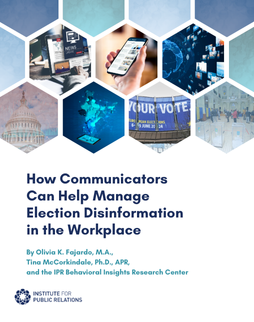Stansberry, Kathleen (2011). Mapping mommy bloggers: Using online social network analysis to study publics. PRism 8(2), 1-14.
Much of the research in public relations makes assumptions about the concept of publics without addressing the ambiguity of the term. More research is needed to better understand the complex nature of publics. This is particularly important given the participatory nature of the web, which has given rise to extensive and powerful interest-based networks. This paper presents an elementary analysis of the mommy bloggers network to show the potential of using network analysis software to better understand the complex and ever-shifting nature of online publics. The mommy blogger network is both densely interconnected and highly diverse. The results of this study show the enormous potential of online social network analysis as a method for practitioners and researchers looking to better understand key publics.
Method
Online network analysis mapping hyperlinks between top 20 mommy blogs of 2011 as identified by Babble.com. Network crawl and mapping was conducted using the online social network map tool IssueCrawler.
Key Findings
1) The top 20 mommy blogs are densely interconnected through either first or second iteration links.
2) Individual mommy blogs appear to be highly influential among those participating in online parenting communities, more so than nonprofit, government, or corporate web sites that address parenting issues.
3) The website BlogHer.com, an online publishing network for women in social media, is densely linked within the mommy blogging network, indicating the site may be a location for connection, collaboration, and communication among members of the mommy blogging community.
4) The large number of links to content sharing sites such as Flickr, YouTube, and Vimeo indicate that mommy bloggers are active creators and sharers of original media content.
Implications for Practice
Although only a relatively small percentage of individuals are regularly creating content on the web, according to a 2011 survey conducted by the Pew Internet and American Life Project, more than 75 percent of Americans are web users. The potential audience reach of online influencers is enormous. When we consider the interconnected nature of these interest-based networks, there is great potential for ideas that are created or refined online to reach an engaged group of readers. Leaders of online publics are effectively side-stepping institutional methods of credentialing and building influence through virtual interactions. Practitioners can use online network analysis tools to create visual representations of web-based communities to determine key influencers and map communication linkages.
Article Location
The full article is available for free at: http://www.prismjournal.org/fileadmin/8_2/Stansberry.pdf



